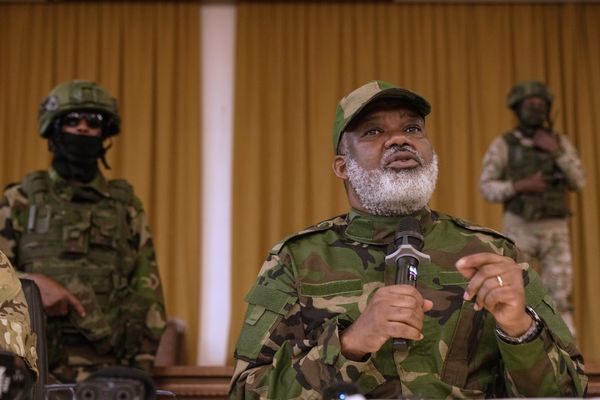The Health department has revised its discharge policy in accordance with the new directives issued by the ICMR and the Union Health Ministry.
Accordingly, patients with mild disease (respiratory rate <24/min, Oxygen saturation or SpO2 >94 on room air) should remain in home isolation for seven days from symptom onset or from the day of diagnosis, in the case of asymptomatic patients. Patients should be free from fever for three days for the isolation to end.
When in home isolation, red flag signs (SpO2 drop below 94% at rest or a drop in SpO2 over 3% from baseline after the six-minute walk test) should be monitored.
If at all those with mild disease gets admitted, they may be discharged to home isolation even without a negative rapid antigen test, if they are clinically stable and free of fever for the past 48 hours. They should continue to monitor for any red flag signs and seek help with DISHA 104/1056 or call the hospital.
Those with moderate disease (respiratory rate 21-14/min; SpO2 91-94 on room air) may be discharged to home/CFLTC/CSLTC once they are clinically stable (no fever without medication for the last 72 hours, resolution of breathlessness, no oxygen requirement, haemodynamic stability and no excessive fatigue).
They should continue room isolation at home.
Those with severe disease, including immunocompromised patients or those with renal disease, malignancy may be discharged if they are clinically stable after they test negative on a rapid antigen test done on day 14.







